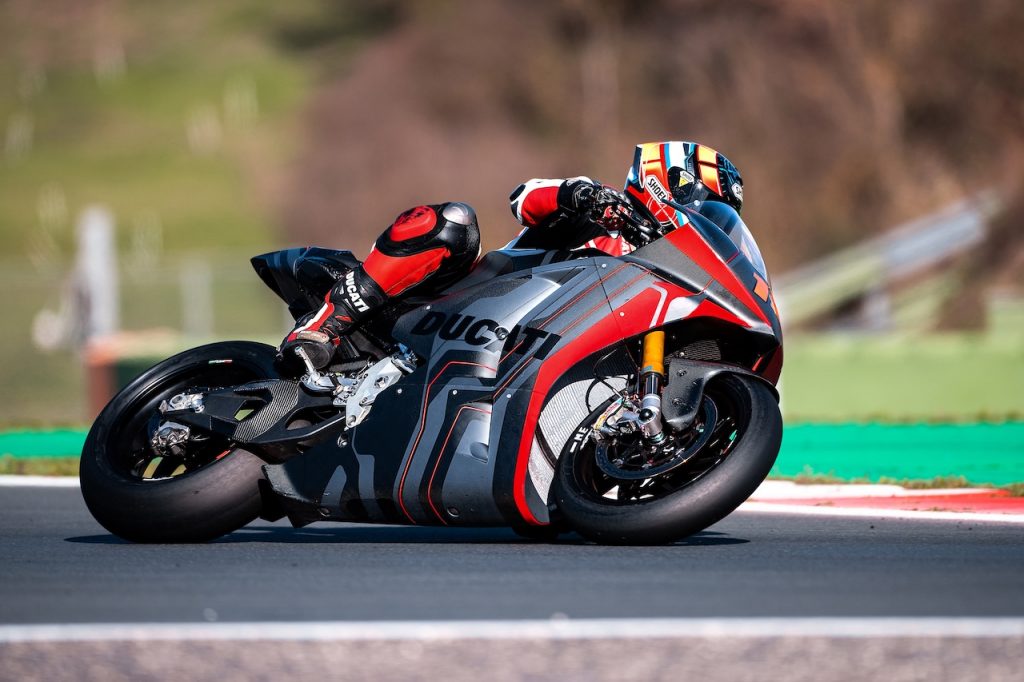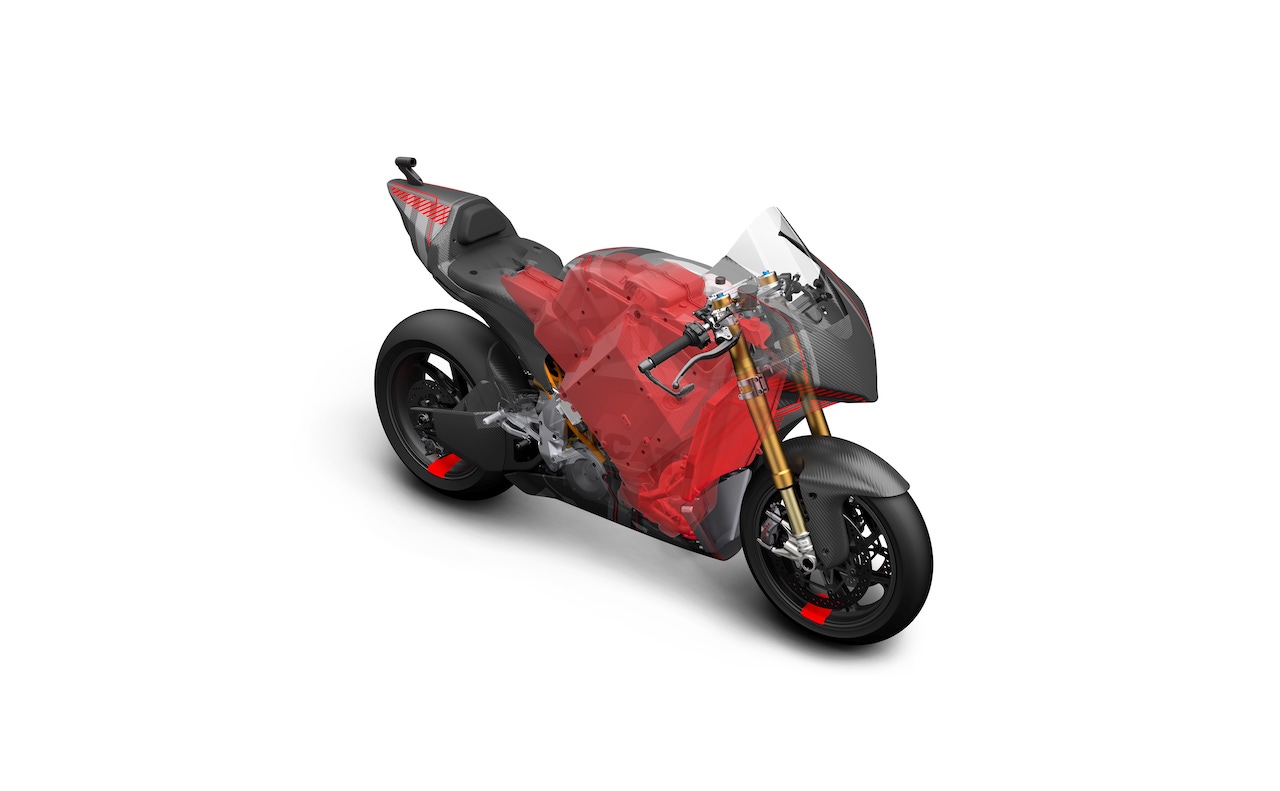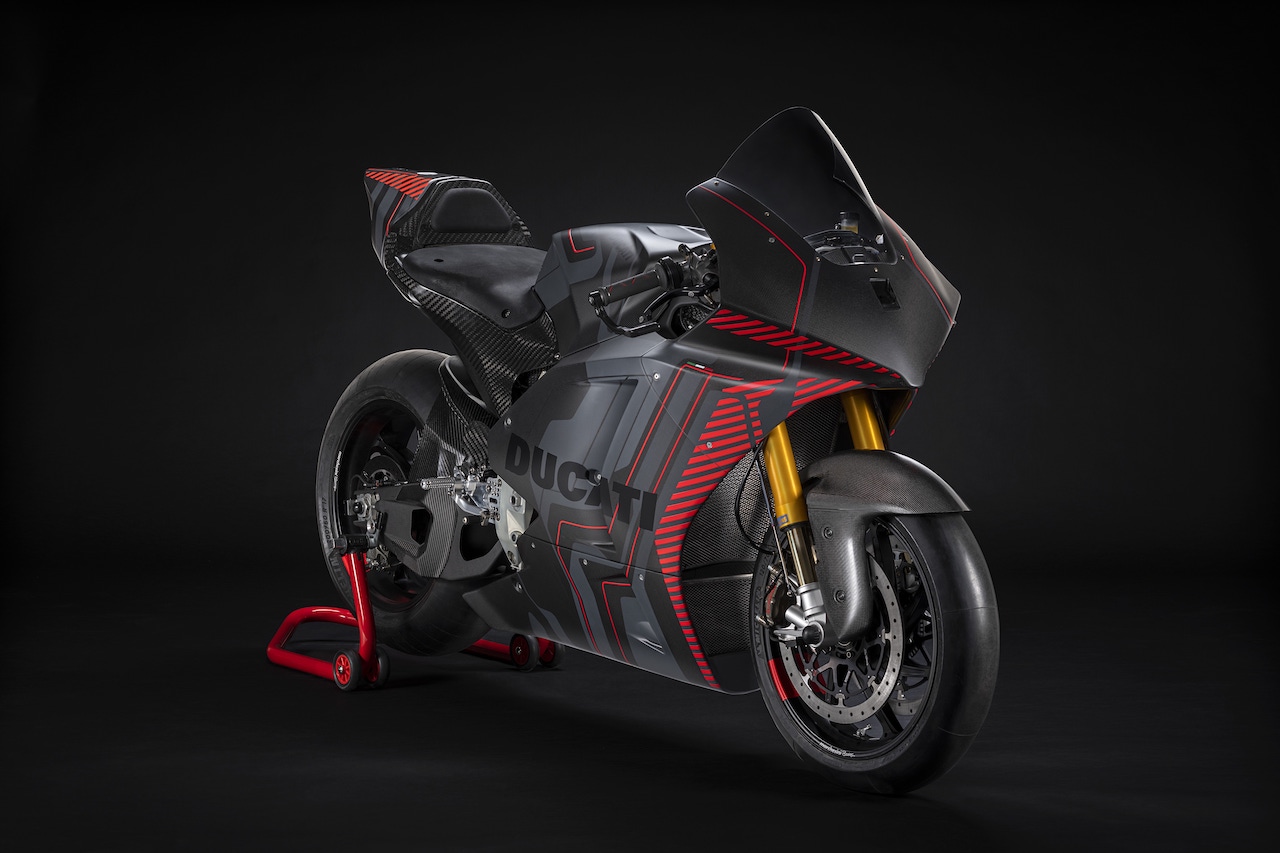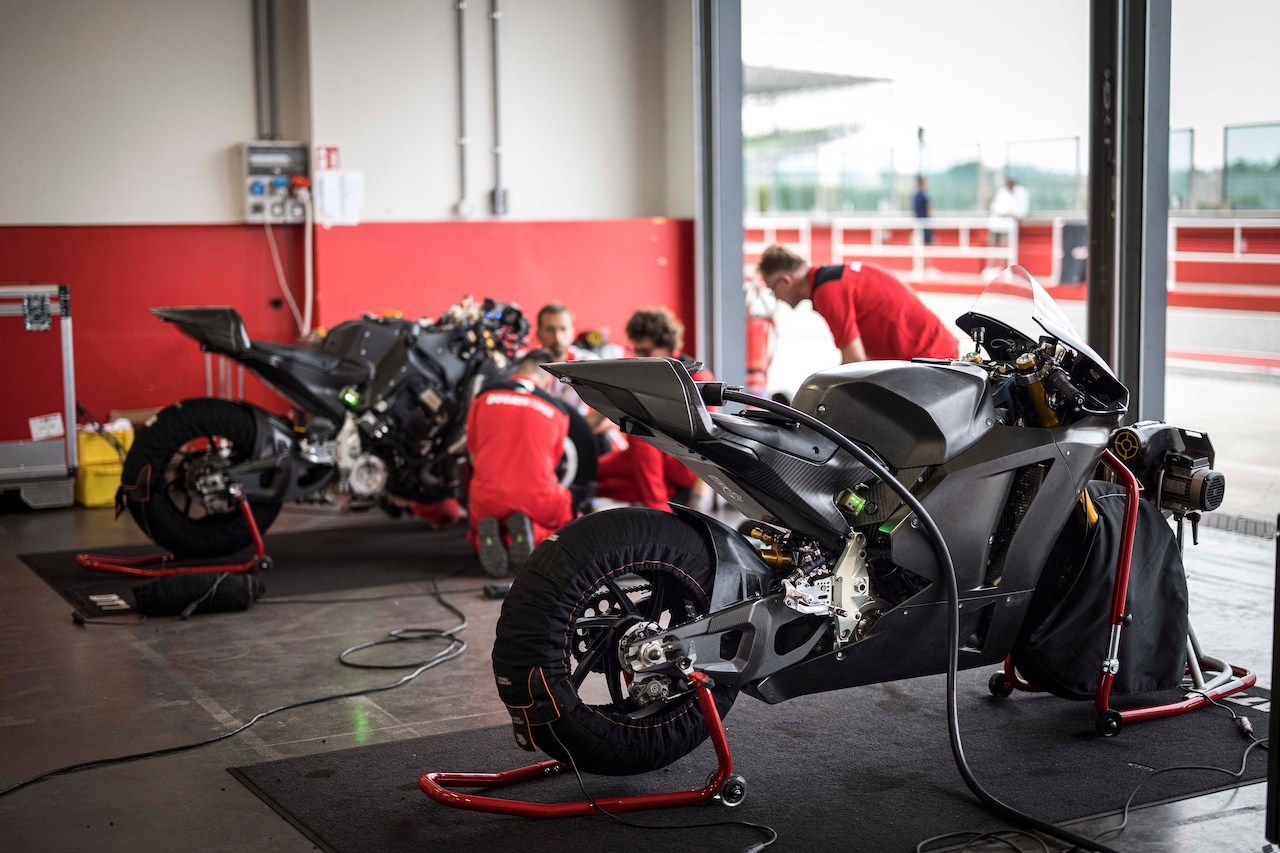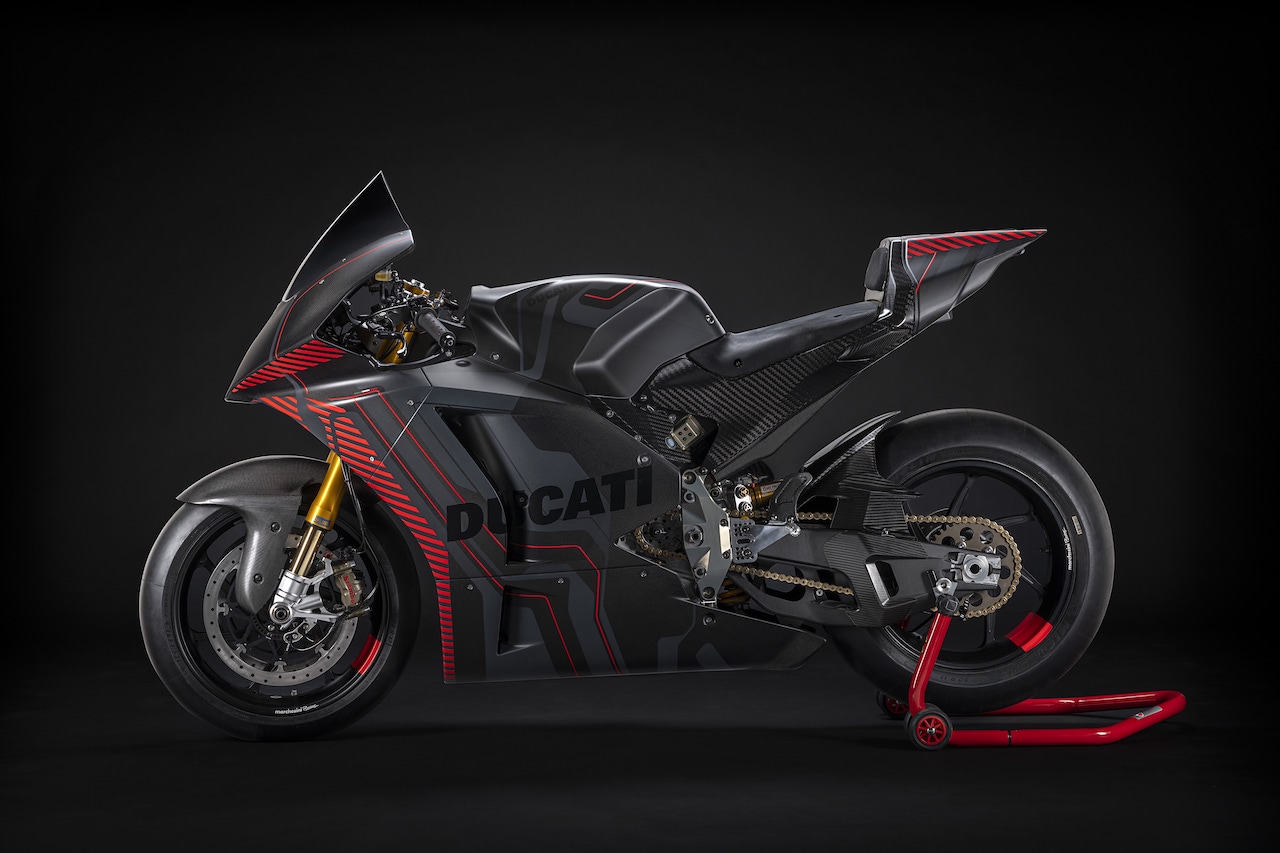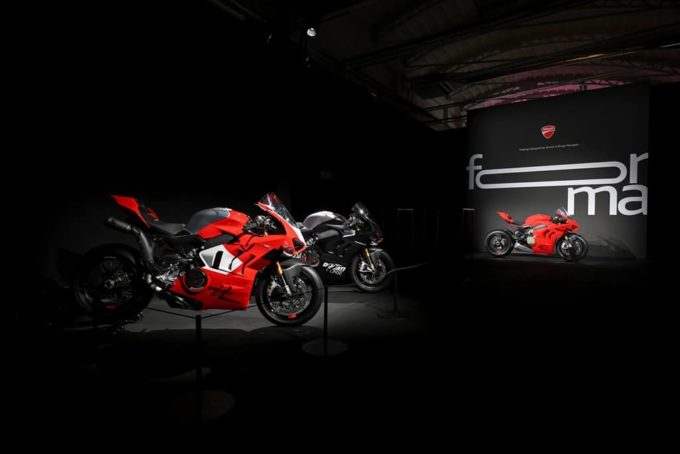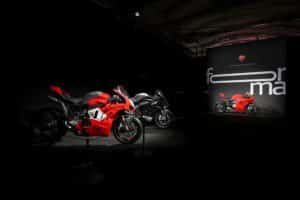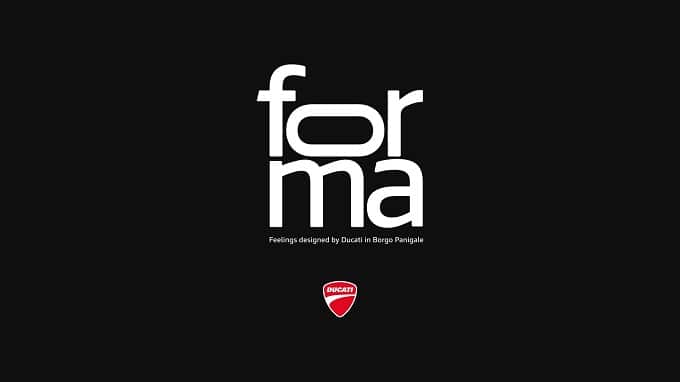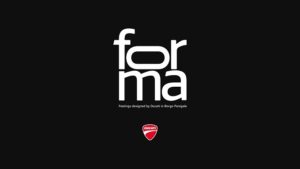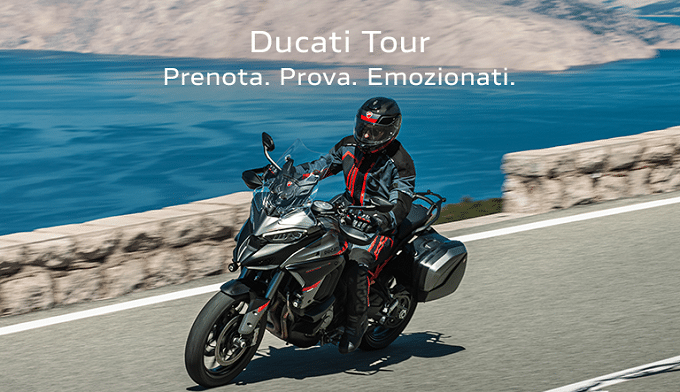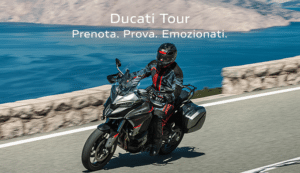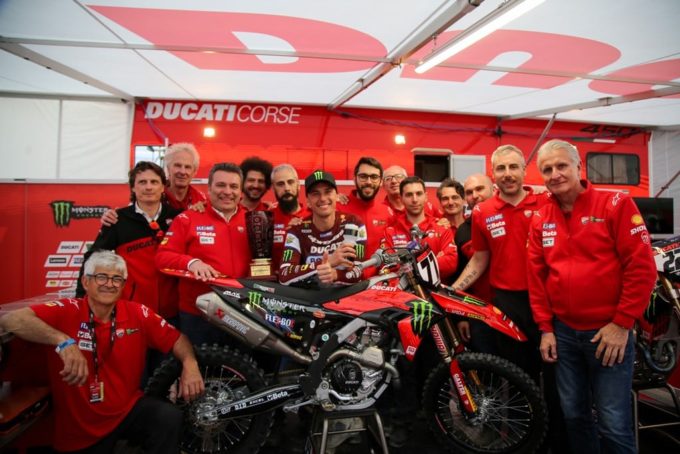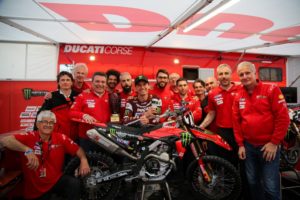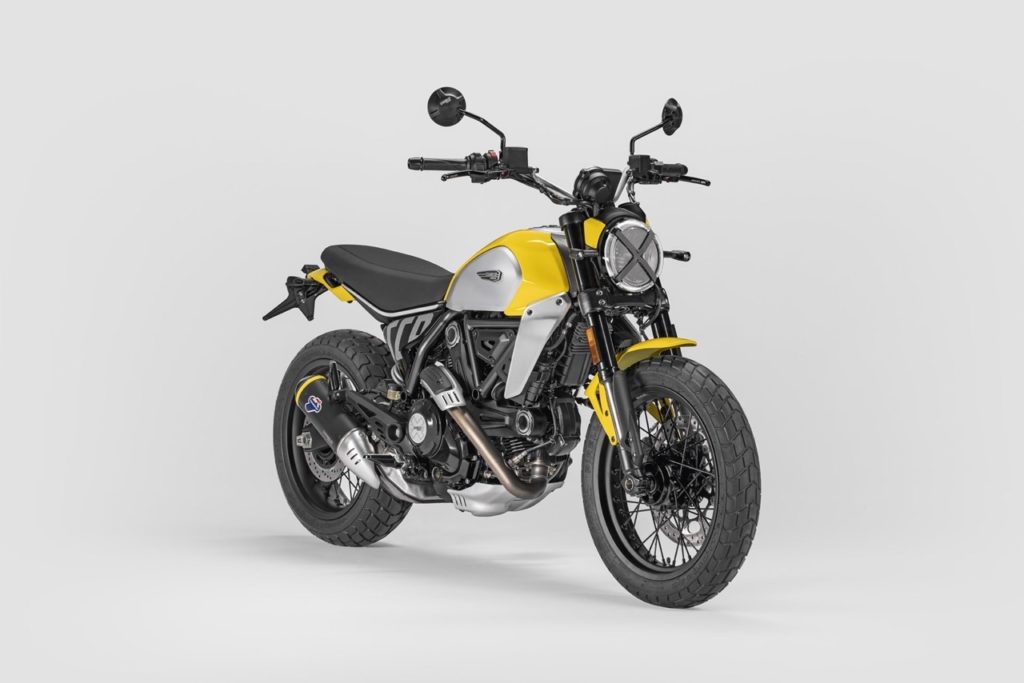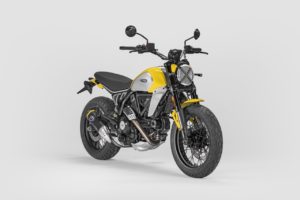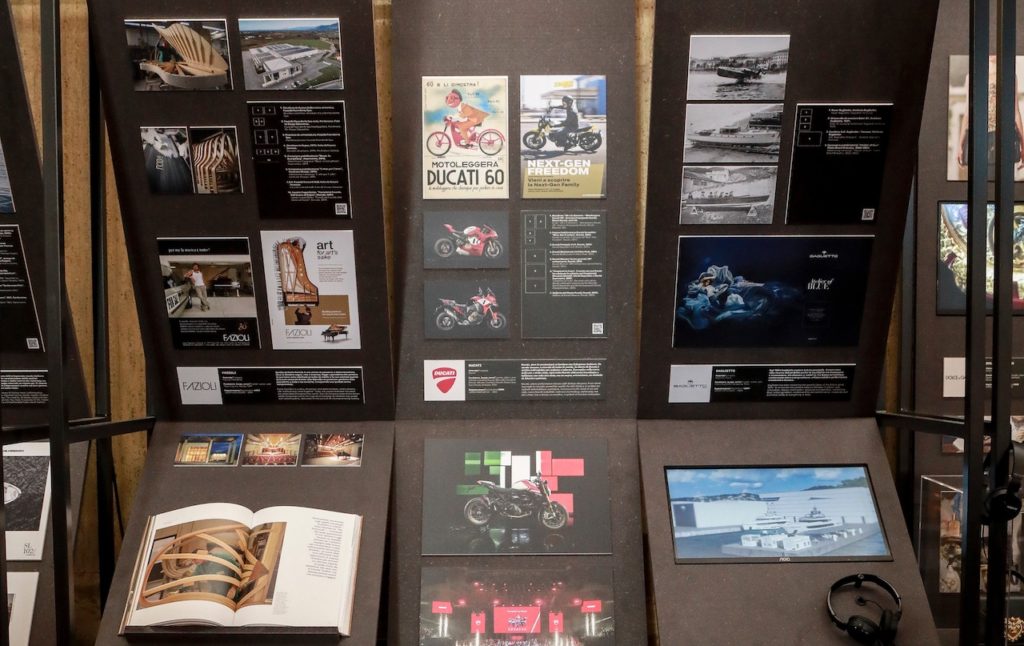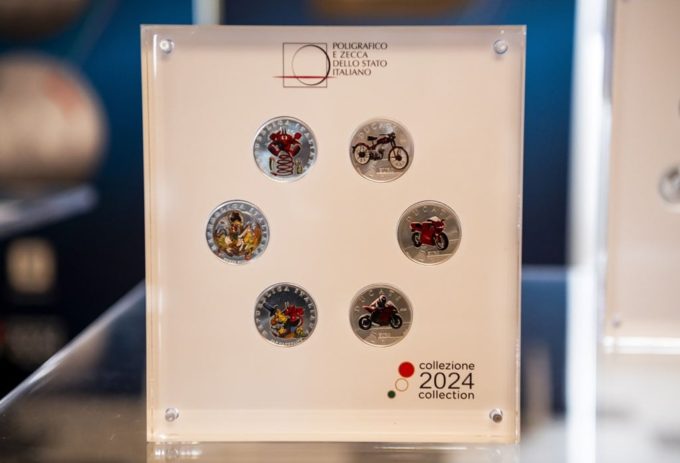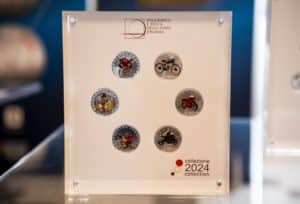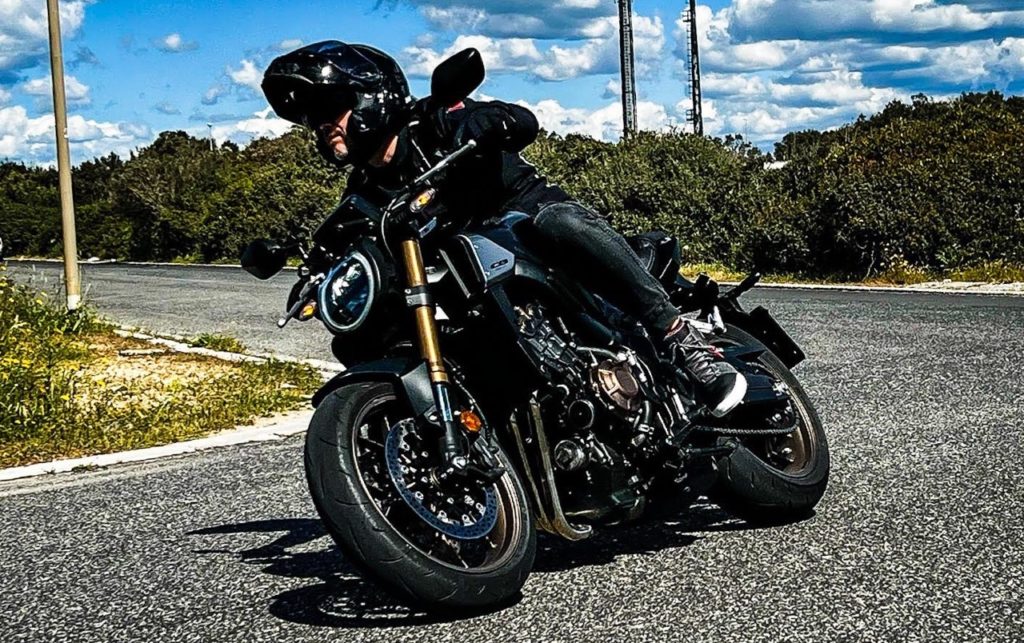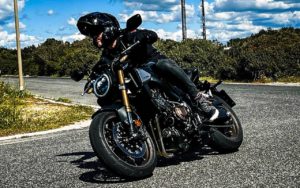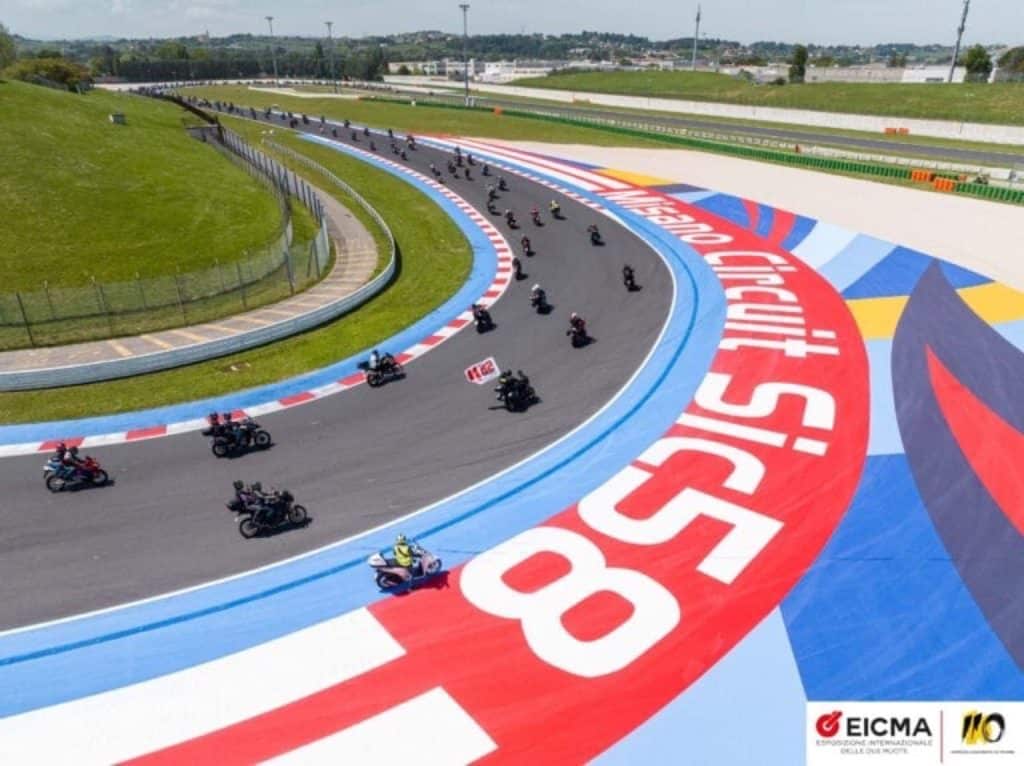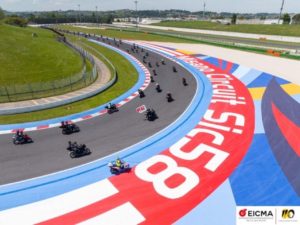Ducati MotoE: the characteristics of the "V21L" prototype explained [PHOTO AND VIDEO]
A collaboration between the Ducati R&D department and Ducati Corse
An overview of the technical aspects of the prototype Ducati “V21L”, towards commitment to FIM MotoE™ World Cup from 2023, it is proposed in a film. This is the first electric example from the Borgo Panigale manufacturer, told by technicians, specialists and test riders who were protagonists in the birth and development of the prototype.
The electric specimen
Will 18 bikes will be on track during each race weekend. For the development of the MotoE project, a team was composed that includes designers of Ducati need Ducati Corse, giving shape to an interesting mix of skills. The prototype took shape following a procedure normally used for produced specimens, considering a close collaboration between the team members which gave space to new ways of thinking and designing, given the type of project.
The different experiences, commitment and work of the Ducati MotoE team have defined an electric motorcycle with notable peculiarities, starting from the area of the battery pack, a binding factor for masses and dimensions, in this case with a defined shape to ride meeting the natural flow of the central area of the model. The battery pack of 110 kg includes 1.152 cylindrical cells of the “21700” type and has a capacity of 18 kWh, according to information. Present a socket of 20 kW charging integrated into the codon.
Moving toreverse with a low mass of 5 kg, it is a unit derived from a high performance example, used in car competitions for electric vehicles. The engine, then, weighs 21 kg and the maximum rotation speed reaches i 18.000 rpm. It was created by a partner following the technical specifications given by Ducati. The system relies on a voltage of 800V, considering a fully charged battery pack, maximizing the efficiency of the electric powertrain, autonomy and performance.
Among the most advanced and tested aspects of the Ducati MotoE prototype, the cooling system stands out. The components are refrigerated by a sophisticated liquid system with a double circuit, designed to meet the different thermal needs of the motor/inverter group and the battery pack. A solution that supports regular temperatures with repercussions on the consistency of performance and charging times, as indicated. It is not necessary to wait for the battery pack to cool down before starting the process, the prototype can be recharged almost at the same time as it returns to the garage and a charge of up to 80% takes around 45 minutes.
THEBattery pack casing is developed from carbon fiber and it is also a stressed part of the chassis, as happens with the engine of the Ducati Panigale V4, with a Front Frame monocoque aluminum chassis for the front area of 3,7 kg. The rear area includes a 4,8 kg aluminum swingarm with geometry similar to that of the Ducati Desmosedici fielded in MotoGP. The rear subframe, which includes the tail and rider's seat, is made of carbon fibre.
The suspension part is made up of an Öhlins NPX 25/30 pressurized front fork with 43 mm diameter upside-down legs derived from the component used on the Superleggera V4, the steering damper is an adjustable Öhlins unit, then a shock absorber is placed behind Öhlins TTX36 adjustable.
Continuing with the braking system, this is supplied by Brembo and is sized according to the specifications of the prototype. At the front there is a double steel disc with a 338,5 mm diameter and increased thickness, characterized by fins on the internal diameter to increase the heat exchange surface and improve cooling in conditions of intense use. The double steel disc is associated with two GP4RR M4 32/36 calipers with PR19/18 radial master cylinder. Behind, however, there is a P34 caliper, which works with a single disc with a diameter of 220 mm and a thickness of 5 mm, together with a PS13 pump. To activate the rear brake it is also possible to use a control located on the left handlebar, an aspect that can be selected by the teams participating in the series.
The prototype on the track and prospects
The work on the Ducati MotoE also involved the Ducati Corse test team conducted by Marco Palmerini, operating on the track with the same methodologies used in MotoGP, supported by the efficiency of the cooling system which limited charging times allowing truly significant continuity of use for an electric motorbike; in addition to what was done by the riders Michele Pirro, Alex De Angelis and Chaz Davies. We worked on the electronics to obtain an accelerator response similar to that of an endothermic unit and another with various electronic controls, overall identical to that of the racing bikes ridden by Ducati riders.
The development phase was training for all staff, taking advantage of the knowledge shared within the Volkswagen Group, to guarantee the total safety of the driver and technicians.
Ducati's membership of the Volkswagen Group, bearing in mind that electric mobility represents an essential aspect of the 2030 "New Auto" strategy, is a prerequisite in the exchange of skills regarding electric powertrains. Ducati interacts with the Group's competence centers and in particular with the Center of Excellence (CoE) in Salzgitter in Germany, but also with other Group companies such as Lamborghini and Porsche.
The work linked to the Ducati MotoE project has already reached an advanced stage of development and is progressing towards 2023. During development, aspects such as the distribution of tasks and constant comparison between the team's specialists appeared crucial. The Ducati R&D department took care of all Project Management activities, as well as the design and simulations on the electric powertrain; instead, the design of the MotoE was handled by the Ducati Style Center which also defined the livery.
Ducati Corse, together with the assembly, track testing and data acquisition processes, worked on the design of the electronics, on the control and management strategies of the electric vehicle, on the simulations of dynamics and aerodynamics.
The result is a motorcycle with a total weight of 225 kg, 12 kg less than the minimum requirements imposed by Dorna and FIM for a motorcycle capable of completing the race distance, as indicated. Power and torque reach their peak respectively 110 kW (150 horsepower) e 140 Nm. On the Mugello asphalt these data were translated into a speed of 275 km/h.
The next objective for the manufacturer is to use this experience in the world competition of electric motorcycles to experiment with new technologies, train skills and think about creating an electric Ducati example with the peculiar characteristics of the brand, as soon as technology allows it.
Photos, images and videos: Ducati
if you want to always be updated on our news
Follow us here

